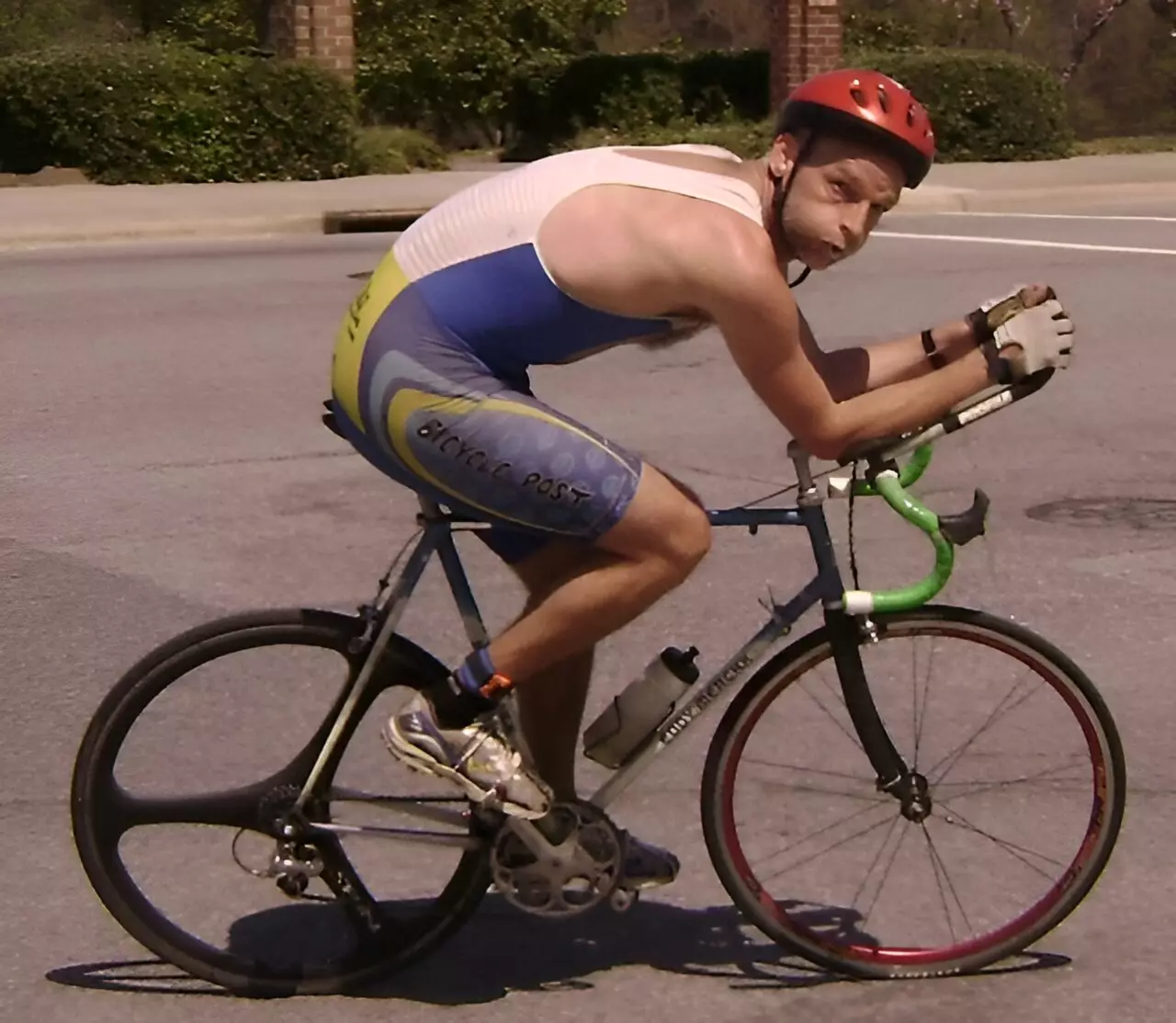In the exciting world of cycling, the term “Everesting” has gained traction as a unique fitness challenge. This concept requires cyclists to ascend and descend the same hill or mountain until they accumulate the total elevation of Mount Everest, which stands at a staggering 8,848 meters (29,029 feet). The challenge goes beyond mere elevation; it tests endurance, strategy, and the cyclist’s ability to manage their energy over a protracted period.
Recently, the cycling community has been abuzz following a new record for the fastest Everesting. While admiration flowed for the cyclist’s incredible feat, a heated discussion ensued on social media about a crucial variable: the strong tailwind that aided the ascend, clocked at 5.5 meters per second (approximately 20 kilometers per hour or 12 miles per hour). Questions arose: How much of an advantage did that tailwind provide? Should cycling conditions have stricter limitations regarding wind speed?
Intrigued by this debate, physicist Martin Bier from East Carolina University embarked on an investigative study. His analysis, published in the American Journal of Physics, seeks to bring clarity to the role of wind in cycling performance, specifically in the context of Everesting. Bier’s exploration highlights that, contrary to popular belief, the effects of a tailwind might not be as significant as one would presume.
While running involves a series of complex movements leading to fluctuating energy expenditure, cycling presents a more straightforward dynamic. One of Bier’s notable insights is that cycling is fundamentally more efficient; it mainly confronts forces like gravity and friction, while running’s biomechanics necessitate frequent acceleration and deceleration. This essential difference renders the calculations of energy expenditure in cycling clearer and more manageable than in running.
A critical aspect of Bier’s research lies in the concept of air resistance. The meticulous research is grounded in basic physics: the resistance a cyclist encounters increases quadratically with their speed. This principle holds substantial relevance when discussing performance on flat terrain or downhill, where air friction often emerges as a more significant limiting factor.
However, what becomes evident is that on an uphill ride, where velocities decrease, the influence of air resistance diminishes. Bier elucidates that when cyclists face an incline, the mechanics shift considerably. When energy input doubles on a climb, the resultant speed increase is quite proportional. This realization indicates that strategic efforts during climbs can yield tangible gaps between competitors, further establishing climbs as critical tactical points during races.
Analyzing the specific dynamics of a solo Everesting effort reveals a more intricate relationship. Unlike racing while drafting off another rider, a cyclist tackling an Everesting must contend solely with gravity and air resistance, optimizing their wattage output on their way up the mountain. Bier asserts that while a strong tailwind may offer some assistance during the ascent, gravity significantly dominates the effort required to gain elevation.
Moreover, upon descending, the situation flips entirely. Contrary to expectations, the tailwind advantage typically touted fails to translate into significant gains. As cyclists rush downhill, their speed dramatically increases, leading to heightened air resistance. The resultant headwind during descent complicates matters further, ultimately negating any advantage gained from the tailwind during the climb.
Bier’s findings lead to a pivotal conclusion: focusing on optimizing conditions like wind speed in pursuit of improved Everesting times may be a futile effort. The research accentuates the importance of personal conditioning over environmental factors. So what does this mean for aspiring Everesters? The clear takeaway is that optimizing performance will hinge on critical variables such as weight reduction and increased wattage output rather than waiting for perfect wind conditions.
Ultimately, as the cycling community continues to explore the depths of physics interwoven with athletic performance, it becomes increasingly evident that the pursuit of excellence in challenges like Everesting is tied to fundamental principles of physics as much as it is to pure grit and determination. Whether climbing or descending, the balance of forces at work invites a deeper appreciation of how science can inform the art of cycling.


Leave a Reply